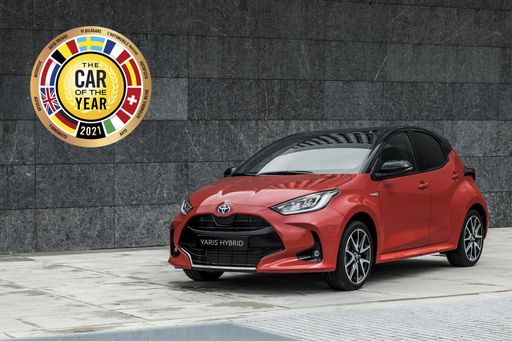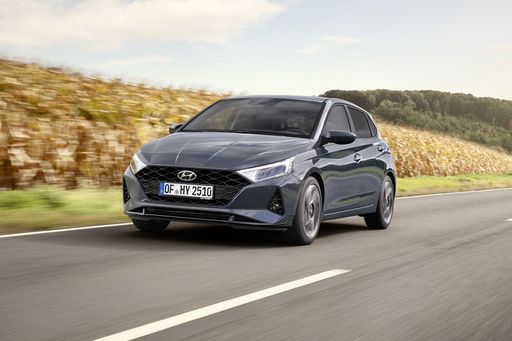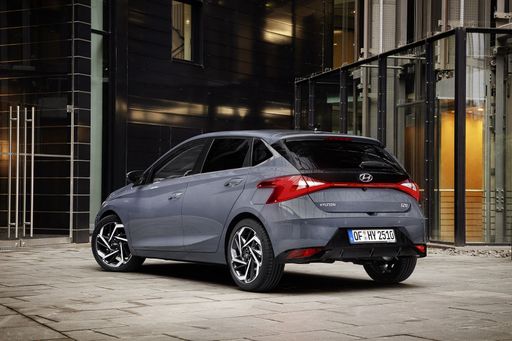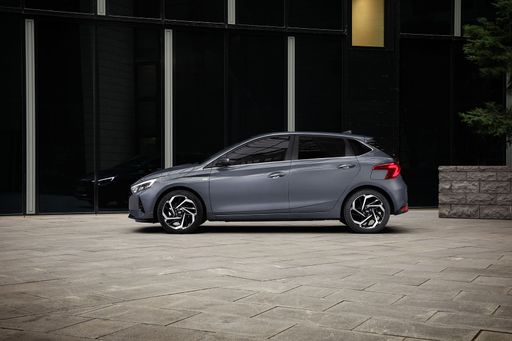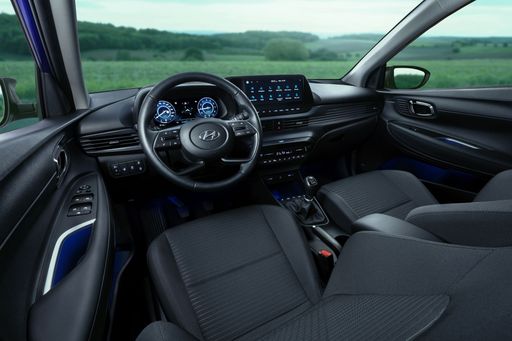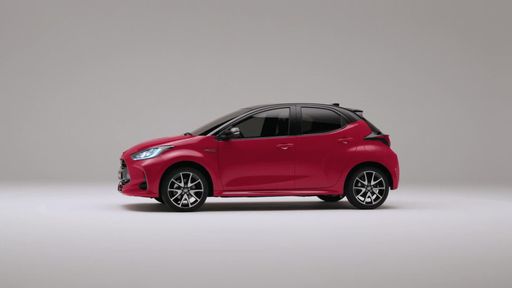Hyundai i20 vs. Toyota Yaris: A Comprehensive Comparison
In the competitive hatchback segment, the Hyundai i20 and Toyota Yaris emerge as two strong contenders. Both vehicles offer stylish designs, advanced technology, and efficient engines, but they cater to slightly different preferences. This article delves into the technical aspects and innovations that set these two models apart.

